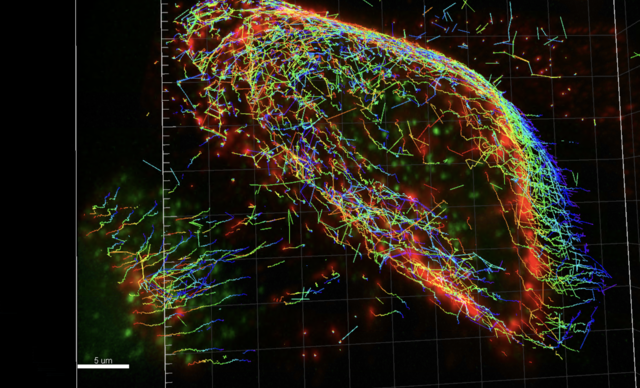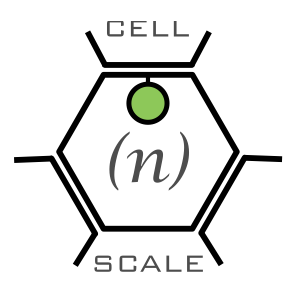Achievements

Scientific Excellence since 2012
The Institut Curie is a foundation of public interest, which combines the largest French cancer research center and two state-of-the-art hospitals. This hospital structure has pioneered many treatments and is a center of excellence for the treatment of breast cancer, pediatric tumors and ocular tumors. Besides, it disseminates medical and scientific innovations in France and abroad. Founded in 1909 on a model devised by Marie Curie and still at the cutting edge: “from fundamental research to innovative treatments”, the Institut Curie gathers together 3,000 researchers, physicians, clinicians, technicians and administrative staff.
Launched in March 2012, within the framework of the French Research Ministry funding “Investments in the Future,” The LabEx CelTisPhyBio, “From cells to tissues: where physics meets biology”, has been coordinated since 2012 by Bruno Goud and Maxime Dahan, with Patricia Bassereau taking over for Maxime Dahan in mid-2018. Starting in January 2020, Pascal Hersen, the new director of the Physico-Chemistry Unit at Institut Curie will take over for Patricia Bassereau as the co-coordinator of the LabEx with Bruno Goud. The LabEx groups 31 teams from six research units within Paris Sciences et Lettres (PSL). Most teams are hosted at the Institut Curie (UMR144, UMR168, UMR3666/U1143 and some teams from UMR3347/U1021 and UMR3348), one at the ESPCI (one team from Gulliver, UMR7083).
Initially funded for 8 years between 2012 – 2019 within the “Laboratory of Excellence” program, we have recently been renewed for another 5 years from 2020 – 2024. Building on our history of scientific excellence, our renewal project will continue to boost multi-scale quantitative research at the interface of physics, biology and chemistry with high intellectual and industrial applications.
Key figures
People
- 31 Teams joined forces to leverage physical and chemical tools and concepts to address key biological questions
- 4 talented new junior group leaders
- 50 postdoctoral fellowships
- 11 platform engineers/technicians
- 11 international sabbatical chairs
Scientific Excellence
- 27 interdisciplinary project grants funded, representing over 500k€
- 5 Groundbreaking project grants funded, representing 750k€, to promote cross-disciplinary "high-risk/high-gain" research projects
- 330 research contracts signed by CelTisPhyBio teams since 2012, including 10 ERC and 3 ATIP-Avenir grants
Dissemination, Training & Public Communication of Science
- 13 short-term fellowships facilitate valuable collaborations with international research groups
- 58 travel grants for students and postdocs to attend international conferences and courses
- 1 joint meeting with the MBI Singapore
- 2 joint meetings with the Weizmann Institute
- +25 international conferences sponsored
- 9 international courses organized (Cytoskeleton, Cell biology and Cancer, Multiscale Integration in Biological Systems)
Technology Transfer and Innovation
- 15 patent applications filed (2 licensed to the industry)
- 5 software protections with the APP (Agency for the Protection of Programs)
- 40+ R&D collaborations with the industry
- 16 Carnot maturation grants
- 1 start-up

